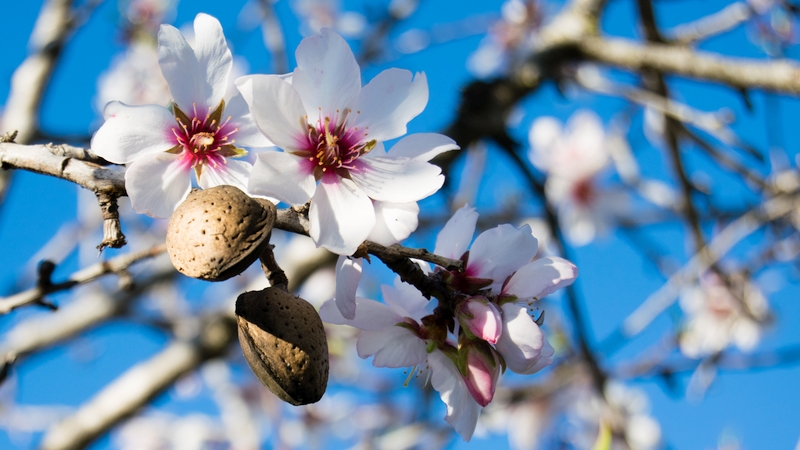Biologicals Helping Meet Demand for Alternative Crop Protection Solutions
The biggest opportunity for biologicals has been the management of chemical residues meeting consumer demands. … They have really opened the door,” says Mark Trimmer, Managing Partner at biologicals research firm DunhamTrimmer.
De facto mandates driven by grocery store and food buyers can be even more restrictive — particularly at European chains and U.S. operators like Whole Foods and even Wal-Mart — than residue tolerances set by the federal government, he points out. Trimmer recalls a visit to the UK, where a grocery store had a billboard in the produce section boasting, “We banned over 60 pesticides!”
He also describes a case from his home state of Florida, from where a shipment of fresh grapefruit was rejected outright by Japan after being caught for exceedance of maximum residue limits (MRLs). “It was a very expensive experience for that particular grower, but it also has an impact on the whole industry. Japan then increases testing for that crop coming from the U.S. whenever they have an exceedance.”
Many growers are currently dealing with finding alternative products related to the European Commission’s 2021 decision to withdraw approval of the fungicide mancozeb as an active substance at the EU level. The grace period for EU farmers to use up stocks of products with mancozeb ended Jan. 4, 2022.
Trimmer works with a client involved in California walnut production, where mancozeb has commonly been tank-mixed with copper to treat walnut blight, a devastating bacterial disease. “This is a case where it’s not the EPA, but export markets that have established restrictions of a common product. Suddenly, you find you have lost an important tool for your production.”
For more in-depth analysis of this topic, read the entire article featured as part of our special Global Insight Series report on Biological Crop Protection.










